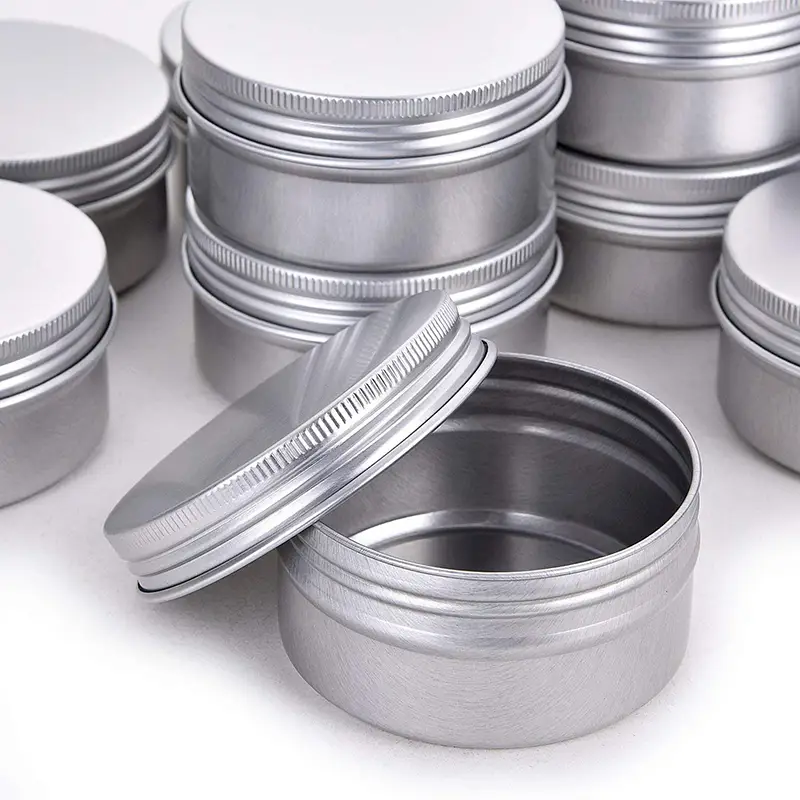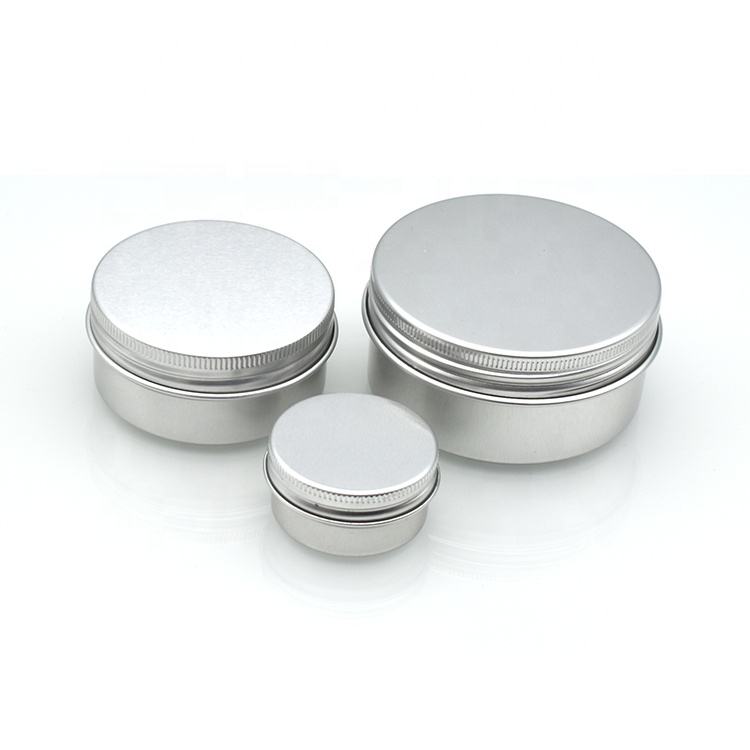Aluminium’s bright or matt metallic finish plus its compatibility with all printing technologies provides designers with enormous scope to create packaging with stunning graphic design, shelf presence and brand identity.
Drinks cans and bottle labels, confectionery foils, cosmetic tubes and, all benefit from the decorative function of aluminium and its wider range of surface treatments.
Printing & lacquering
In terms of aluminium decorating, the most common technique is standard printing with inks or lacquers. More recently, companies like INX International Ink Co. and Ball Packaging Europe have introduced digital printing to the marketplace. A digital print head applies images straight onto the metal surface. Images pass directly from computer to production line without any need to make up a printing plate. Digital printing applies inks wet on wet, one on top of the other, to match every possible shade and hue. The result is sharp, photorealistic imagery that catches the eye on the supermarket shelf.
Currently, digital printing is mainly used for small production runs, while standard printing, with six or eight different ink colours, offers quicker solutions. Lacquering of aluminium surfaces provides a durable as well as decorative finish, ideal for applications such as food trays.
Embossing
The shape retention property of aluminium foil, unique in flexible packaging materials, offers further design opportunities. The metal retains embossed impressions, even those with fine detailing. An embossed wrapper ensures that the brand stays part of the product enjoyment until the last portion is eaten.
Diavy has developed a directly embossed holographic aluminium foil for anti-counterfeiting security. Now in production ‘Holo‘ aluminium is suitable for anti-counterfeiting applications including blister packs for pharmaceuticals, healthcare, cosmetics and high value food and drink products which require security of origin. The production process makes thousands of micro-incisions directly onto the surface of the foil to create the required image/s from a matrix supplied by the customer; the image can then be reflected by illuminating with a normal light source. It is produced without colours, inks or any printing system believed to be currently available.
Embedding
EmbeddingThe process used to embed designs onto aluminium foil surfaces makes branding truly part of the material itself. Such designs are not embossed or printed but at the final rolling stage a picture is created through deliberate variations in the surface roughness of the foil. Unlike embossing the material is not deformed on both sides and therefore the graphic can be visible on one or both surfaces of the container. The process does not affect the physical properties of the foil, nor its machine performance or processing requirements.
Bottle neck & capsule foils
Aluminium foil capsules or bottle neck labels add visual quality to any type of bottle. They are a valuable part of the product’s personality and a guarantee of authenticity. But the foil is not just there for decoration. It also ensures security, provides tamper evidence in the case of ‘over the crown’ foil, and engenders consumer confidence in the quality of the contents. The foil’s physical properties of ‘deadfold’ and malleability enable it to cope with the contours of bottles and closures in an easy-to-apply and brand building way. Opening a twist-off cap or crown closure is easily done without disturbing the appearance of the neck foil thanks to tearoff perforation. The art and technology of bottle neck foils is moving ahead continually, resulting in material savings whilst retaining elegant appearance and high product security. Champagne capsules are generally made from thicker gauge foil which is sometimes coated or laminated with a plastic layer. Aluminium foil has been adopted as the natural successor to lead as the material for spin-on capsules for wine bottles. Neck foils are frequently embossed which, apart from giving a distinctive appearance, also makes the labels easy to handle. Recent developments have also enabled smooth labels to be used. Labels with partial embossing adding an element of design appeal and individuality are a further option.
Tubes
Collapsible aluminium tubes are produced by means of an impact extrusion process out of an aluminium slug. They are an all-purpose packaging. A packaging material has two tasks to fulfil: the primary packaging function is to make goods transportable, storable and saleable while ensuring their quality and stability within a fixed period of usage. On top of that in most cases there is a more difficult job for packaging to do: functional packaging considers the aspect of repeated application of the content in any given amount, which is essential for products not designed for one-time use. Whenever semi-liquid or paste-type products need to be packaged, the aluminium tube is an excellent choice.
The metal maintains the quality of the product against the damaging effect of light. Collapsible aluminium tube, once squeezed, remain squeezed and will not spring back to draw air and micro-organisms into the tube. By avoiding the ingress of contamination, a high level of hygiene is also ensured by the “non-return” aluminium tube.
For many cosmetic creams which contain oils, water and vitamins, this can mean that the quality and viability of the product are extended for the whole of the likely period of use.

